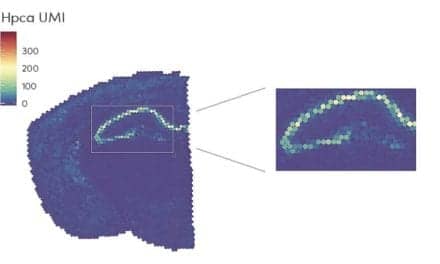As it turns out, building a quality system from the ground up based on a detailed analysis and assessment of test-related risks is not an exercise that laboratorians look forward to performing. In fact, performing these tasks repeatedly for every qualified test and instrument under the control of the lab—however remotely—and keeping the results updated, is seen as an undertaking of monumental proportions. These are tasks not to be undertaken lightly, and not at all by the faint of heart.
So it’s no wonder that at the recent annual KnowledgeLab meeting of the Clinical Laboratory Management Association (CLMA), there was something of a murmur about whether many labs are really interested in doing the work to apply for approval of an individualized quality control plan (IQCP) for their disparate facilities.
First announced by the Centers for Medicare and Medicaid Services (CMS) in August 2013, the IQCP initiative implements a new approach to quality control (QC) activities in US clinical laboratories. Based on the principles of risk management, the program provides labs with flexibility to customize their QC policies and procedures in accord with the test systems and unique characteristics of their facility.
CMS provided labs with a 2-year education and transition period, which ended on January 1 of this year. Beginning on that date, laboratories are no longer permitted to use the equivalent quality control (EQC) procedures previously permitted under the Clinical Laboratory Improvement Amendments of 1988 (CLIA).
But according to Stacy Olea, MBA, MT(ASCP), FACHE, executive director for laboratory accreditation at the Joint Commission (TJC), Oakbrook Terrace, Ill, and a speaker at the CLMA conference, many labs remain uninformed and unprepared. Summarizing the results of TJC surveys conducted earlier this year, Olea noted that many labs still do not understand the relationship between risk assessment and the shape of their IQCP, and they are continuing to use EQC procedures no longer permitted by CMS.
Other common problems include failure of the lab director to formally approve the lab’s IQCP, not taking into consideration all of a lab’s testing locations, using a central lab’s risk analysis to stand-in for those of satellite facilities, and not setting aside time to work on their IQCP.
With these findings as background, it’s clear that labs have a long way to go before they will be able to execute an IQCP efficiently and with confidence. The good news is that there are a number of organizations and experts available to help. Lab directors who haven’t already acted on this initiative should make sure to do so—and soon.
Steve Halasey
Chief Editor, CLP
[email protected]
(626) 219-0199





